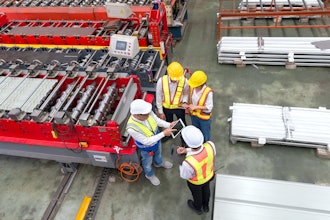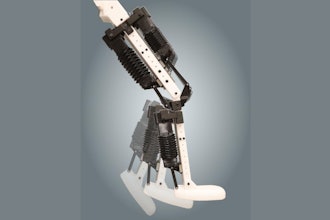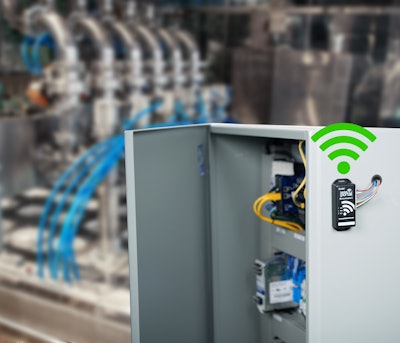
Industrial automation projects can be as basic as monitoring the status of a few points, or as complex as integrating robotics and other machinery. While highly automated applications may require multiple controllers, extensive inputs/outputs (I/O) and human-machine interface features, many users have automation needs on the other end of the spectrum where a full-blown automation platform isn’t justified.
For basic applications, where just a handful of points or a few internet of things (IoT) devices need to be monitored, there are tools suited for just that purpose. Sometimes called portals, bridges or gateways, these lightweight components are optimized to quickly and easily monitor a few points and transmit data to higher-level systems. Following are a few approaches.
Even Micro PLCs May Have Too Much Power
Micro programmable logic controllers (PLCs) are a key method often used to integrate field devices. PLCs are specifically packaged for field installations and connecting to many types of I/O. In recent years, even the smallest PLCs have gained extensive networking and communication abilities, making them even better for transmitting field data to users.
However, most micro PLCs may have more computing power than what is needed or makes sense for these types of applications. Consider a situation with dozens of utility or environmental systems spread throughout a facility. Installing numerous micro PLCs to monitor these equipment packages and areas would be overkill, but there are better solutions.
Wireless Portals Work Smarter
For monitoring applications, even those requiring some basic output capabilities, many users will find that dedicated wireless portals can do everything they need, while being quick and easy to deploy (Figure 1).
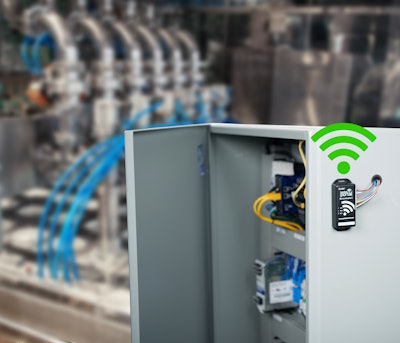 Figure 1: Lightweight portal devices like this AutomationDirect Stride Pocket Portal can be quickly and easily installed to add IoT capabilities at any type of facility.
Figure 1: Lightweight portal devices like this AutomationDirect Stride Pocket Portal can be quickly and easily installed to add IoT capabilities at any type of facility.
Portals are small devices built for industrial installations and include wireless networking, so they are easily added into an existing internet-connected Wi-Fi environment. The version depicted in Figure 1 can accommodate up to four wired low-voltage discrete I/O and two analog inputs, with support for Modbus RTU, making it ready to attach to most any field equipment.
From a supervisory standpoint, most of these portals work with a low-cost subscription cloud service, providing user-configurable real-time dashboards for viewing data. Cloud storage is available for logging information, and users can receive push and email notifications, scheduled email reports or download data as a CSV file.
A lightweight portal solution enables users to quickly implement IoT functionality, with minimal technical expertise and no equipment modifications required. Initial setup uses a familiar Bluetooth link. This approach is ideal for new or retrofit applications in any kind of industrial or facility setting.
Gateways Can Connect Many Devices to the IoT
Many existing and new field devices use Modbus RTU/TCP communications. In some cases, users may find the message queuing telemetry transport (MQTT) protocol to be a better fit for their application. For these applications, a low-cost MQTT gateway may provide a solution. (Figure 2).
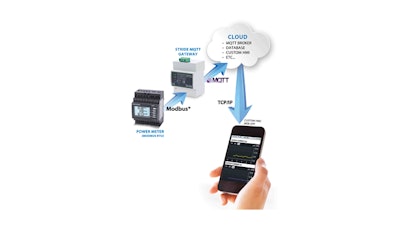 Figure 2: Gateway devices, such as this AutomationDirect MQTT Gateway, can integrate common Modbus field devices and make them IoT-capable.
Figure 2: Gateway devices, such as this AutomationDirect MQTT Gateway, can integrate common Modbus field devices and make them IoT-capable.
MQTT is a lightweight and popular publish/subscribe messaging protocol ideal for remote locations and industrial communications. As with a portal, a gateway is designed for field installation and can be networked to supervisory systems using Wi-Fi, although in this case a wired network is another option. However, there are two key differences between an MQTT gateway and a dedicated portal.
The first is that the gateway does not have traditional wired I/O because it is designed to interface to Modbus serial or Ethernet devices only. The second is that the gateway communicates information to the cloud using MQTT, which means end users must already have a suitable MQTT broker in a cloud computing service account.
MQTT gateways of this type are true Industry 4.0 devices robust enough for not only supporting remote monitoring and data logging, but also providing true machine-to-machine connectivity.
Bringing the IoT to Your Site
Solving automation challenges such as how to integrate devices using IoT methods requires designers to select from a wide range of hardware, software and networking choices. Many times a full-blown automation controller isn’t needed. In fact, often a lightweight solution is the exact right technical and commercial fit. Such devices are now available to bridge IoT field elements to the cloud for monitoring, control and data logging.
About the Author
Bill Dehner has spent the majority of his fourteen-year engineering career designing and installing industrial control systems for the Oil and Gas, Power, and Package Handling industries. He holds a bachelor’s degree in Electrical Engineering with an associate’s in Avionics from the USAF and is currently working for AutomationDirect as a technical marketing engineer.



















